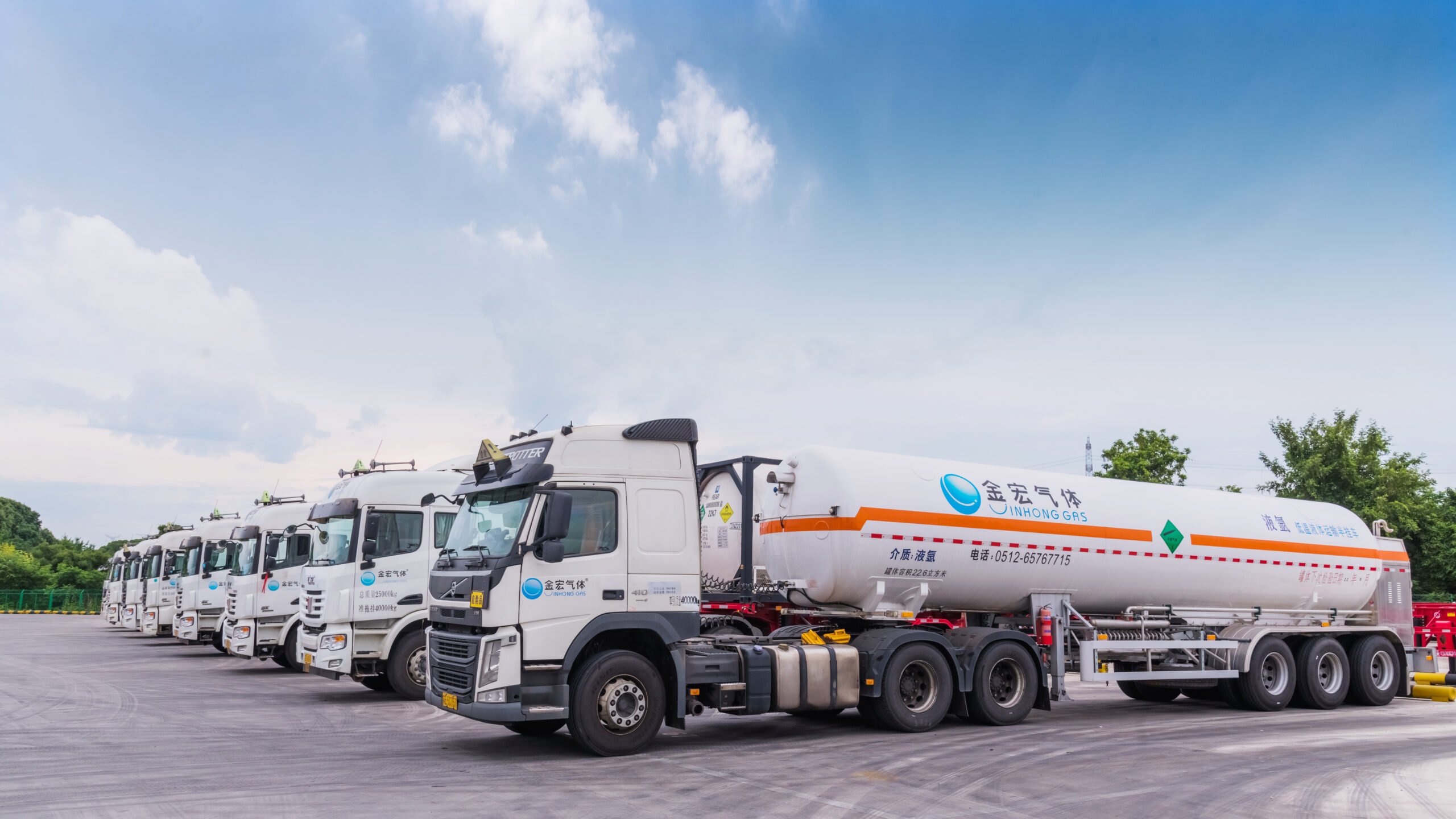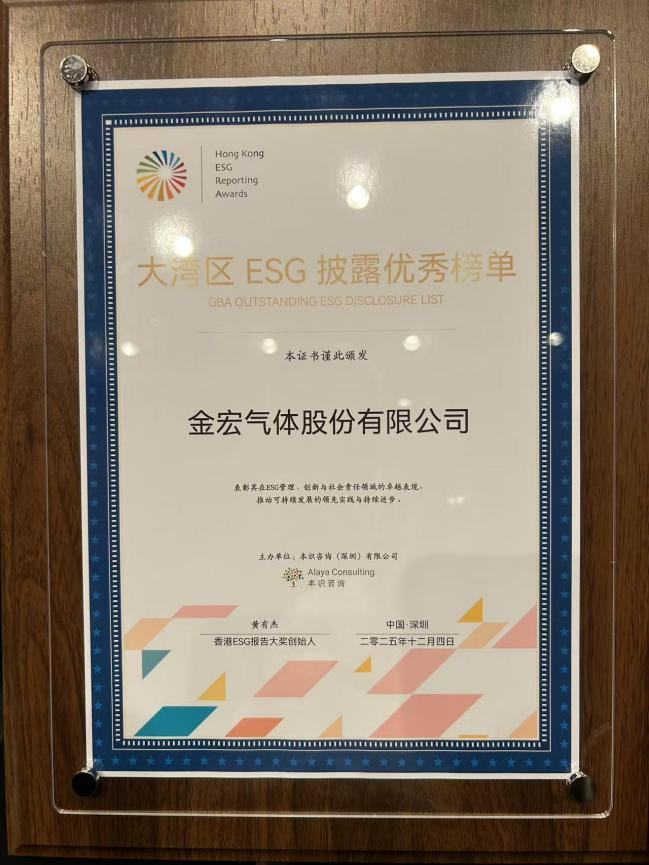Introduction to the Cost to Fill Argon Tank
Argon is a widely used inert gas essential in industries such as welding, metal fabrication, and food preservation. Whether you’re a professional welder or working on a DIY project, knowing the cost to fill an argon tank can help you plan your budget more effectively.
In this article, we’ll break down the various factors that impact the cost of filling an argon tank, provide average price estimates, and offer tips on how to save money on refills.
How Much Does It Cost to Fill an Argon Tank?
The cost to fill an argon tank can vary significantly based on several factors. On average, here’s what you can expect to pay for a refill:
- Small Tanks (20-40 cubic feet): $30 – $50 per refill
- Medium Tanks (50-125 cubic feet): $50 – $80 per refill
- Large Tanks (200-300 cubic feet): $100 – $150 per refill
These prices can fluctuate based on your location, the size of the tank, and other external factors. Let’s dive deeper into the factors that influence argon tank refill costs.
Factors Affecting the Cost to Fill an Argon Tank
Several key factors influence the cost to fill your argon tank. Understanding these can help you make more informed decisions and potentially save money on refills.
1. Tank Size
The size of your argon tank plays a major role in determining the refill cost. Smaller tanks are generally cheaper to fill, but their cost per unit of gas tends to be higher. Larger tanks, while more expensive to refill, typically offer better value because the cost per unit of gas is lower.
- Small Tanks: These are commonly used for hobbyists or occasional use. The cost per unit of argon is higher due to the smaller tank size.
- Large Tanks: Larger tanks are more suitable for industrial or commercial use. While refilling a large tank costs more upfront, you’ll get more argon gas for the price, making it a better option for those with high gas consumption.
2. Location
The cost to fill an argon tank can vary greatly depending on your geographical location. In urban areas with more competition among suppliers, you may find lower prices. However, in remote or rural areas, prices could be higher due to transportation costs and fewer available suppliers.
Additionally, some areas may have more expensive operational costs for suppliers, such as labor and equipment maintenance, which can be passed on to customers.
3. Supplier and Service Fees
Different suppliers have different pricing structures. Some suppliers may charge additional fees for delivery, tank rentals, or other services, which can increase the total cost of your refill. Always ask your supplier for a detailed breakdown of the costs to understand exactly what you’re paying for.
Additionally, the type of argon gas (standard or high-purity) and whether it’s mixed with other gases (such as CO2 for welding) can affect the price.
4. Market Conditions and Gas Supply
Like most gases, the price of argon is subject to fluctuations based on market conditions. Changes in supply and demand, production costs, or disruptions in the global supply chain can cause prices to rise or fall. It’s always worth keeping an eye on market trends if you want to lock in the best possible price for refills.
5. Tank Condition and Maintenance
If your tank is older or in poor condition, it may require inspection, repair, or maintenance before it can be refilled. These extra services could increase the overall cost of filling your argon tank. Make sure to inspect your tank regularly and have it professionally serviced if necessary to avoid unexpected costs.
Tips to Save on the Cost to Fill Your Argon Tank
Filling your argon tank can become an ongoing expense, especially for those in commercial or industrial sectors. Here are some tips to help you save on refills:
1. Opt for Larger Tanks
As mentioned earlier, larger tanks usually provide better value. Although the initial cost of filling a large tank is higher, the cost per unit of gas is generally lower. If you use argon frequently, investing in a larger tank can help you save money in the long term.
2. Purchase Your Own Tank
If you don’t already own an argon tank, consider purchasing one instead of renting. Rental fees can add up over time, so buying a tank could be a more economical solution for long-term use. Many suppliers sell tanks at reasonable prices, and once you own your tank, you’ll only need to pay for the refill itself.
3. Shop Around for the Best Price
Not all suppliers charge the same price for argon refills. Take the time to shop around and compare prices from different suppliers in your area. You may find better deals or special discounts from some suppliers. Remember to ask about additional fees, such as delivery or tank rental charges, when comparing prices.
4. Buy in Bulk
If you use a significant amount of argon gas, buying in bulk can help you save money. Many suppliers offer discounts for bulk purchases, especially for larger industrial customers. If you have the storage capacity and the need for regular refills, buying in bulk could result in significant cost savings.
5. Maintain Your Equipment
Keeping your equipment in good condition can help you use argon more efficiently. Regular maintenance of your welding machines, regulators, and hoses can ensure that no gas is wasted due to leaks or inefficiency. By using your argon tank more efficiently, you’ll reduce the frequency of refills and save money over time.
Frequently Asked Questions (FAQs)
1. How much does it cost to fill an argon tank?
The cost to fill an argon tank varies depending on the tank size, location, and supplier. On average, you can expect to pay anywhere from $30 to $150 for a refill.
2. Why are argon refill prices different in different locations?
Prices can vary by location due to factors such as transportation costs, market competition, and local supplier pricing. Urban areas often have more competition and lower prices, while remote areas may have higher prices due to fewer suppliers.
3. What is the best tank size for my needs?
The ideal tank size depends on how much argon you use. Small tanks are suitable for light, occasional use, while larger tanks are better for frequent or industrial use. Larger tanks generally offer better value for high-volume users.
4. Can I save money on argon refills?
Yes, you can save money by purchasing larger tanks, buying in bulk, maintaining your equipment, and shopping around for the best prices from multiple suppliers.
5. How often will I need to refill my argon tank?
The frequency of refills depends on how much you use the gas. Smaller tanks will need refilling more frequently, while larger tanks will last longer.
Conclusion
Understanding the cost to fill an argon tank is essential for managing your expenses, whether you’re a hobbyist or running an industrial operation. By considering factors such as tank size, supplier pricing, and maintenance, you can make smarter decisions to lower your refilling costs. With the tips provided, you’ll be able to optimize your argon usage and keep your costs under control.



